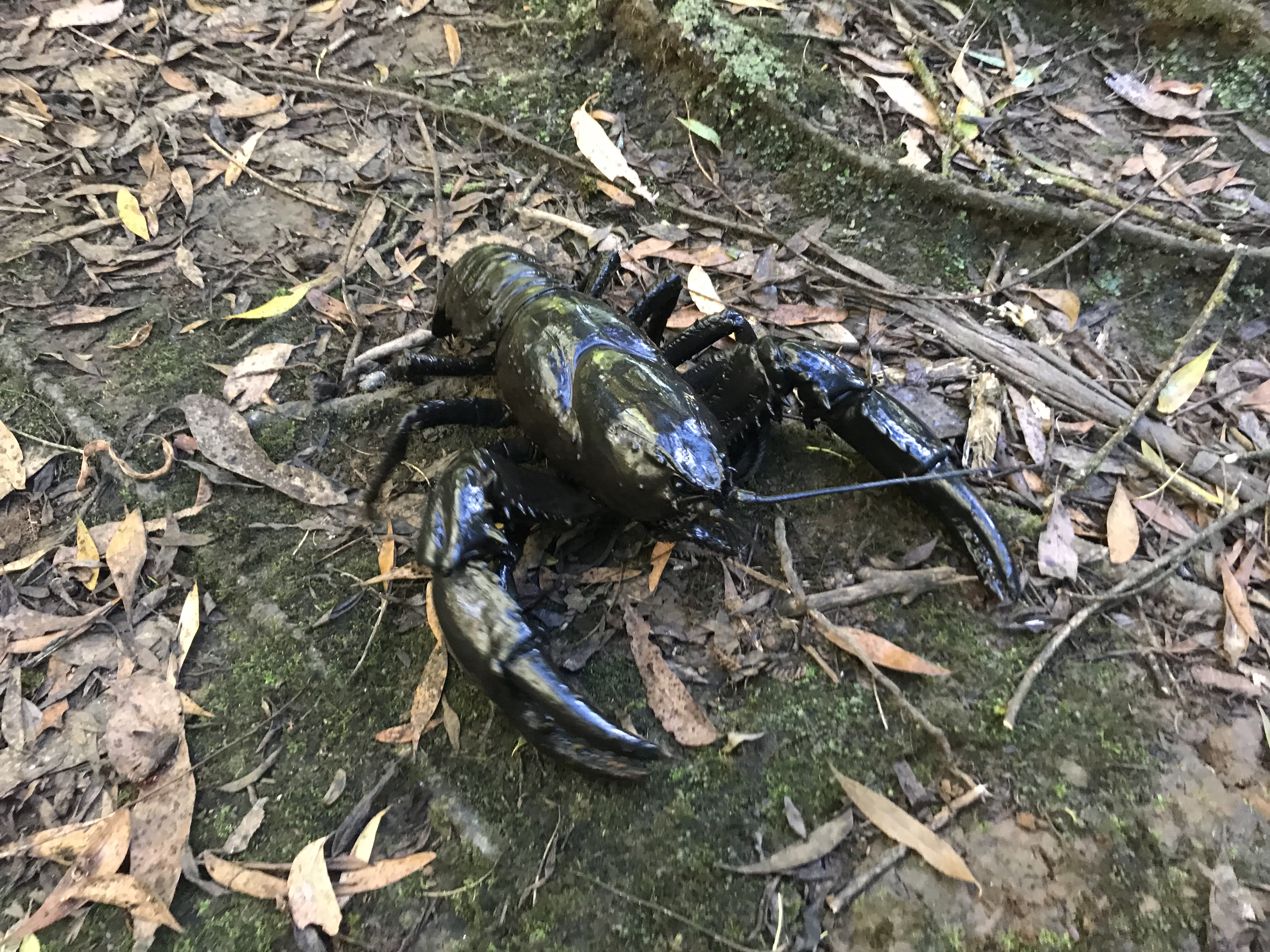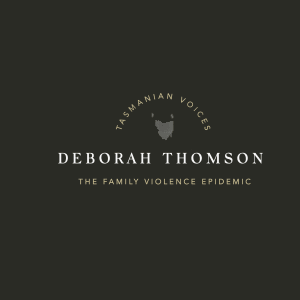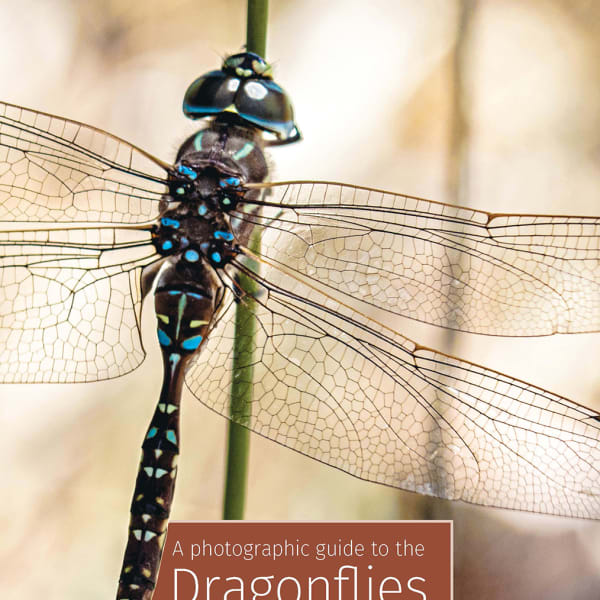She trained in the alchemical art of winemaking, but it’s in the alchemy of the soil that Cynthea Semmens now believes good wine is really made.
I’m with a group of farming women visiting Marion’s Vineyard, one of the earliest planted vineyards in the Tamar Valley. Speaking to us is winemaker Cynthea Semmens, whose family has crafted this vineyard by hand from rubble slopes on the banks of the river over four decades.
The site was an abandoned apple orchard on a dirt road when it was discovered by Cynthea’s parents, Marion and Mark, holidaying here in 1979.
Marion, an immigrant from Cyprus at the age of 12, and Mark, the son of a chook farmer in the San Francisco Bay area, had no background in winemaking. Nevertheless, over a glass of local pinot noir, the deal was sealed and Marion’s Vineyard was born.

Fiona Stocker
As a youngster, Cynthea Semmens helped plant the vines and later worked at cellar door. She went on to qualify in winemaking at Charles Sturt University, and cut her teeth as an assistant winemaker in the McLaren Vale. It was, she says, very hot. Getting the balance right between sugar levels and ripeness was a constant quest. “We had heatwaves that shriveled the berries and I realised these grapes were not like what we grew in Tasmania.”
In 2005, the first International Biodynamic Wine Forum, at Beechworth in Victoria, piqued her interest. Founded by Austrian scientist and philosopher Rudolf Steiner in the early 20th century, biodynamics was considered a walk on the wild side by many. Her corporate employers allowed her to attend on the condition that she told nobody. Despite such misgivings, interest in organic and biodynamic viticulture was quickening across the industry.
Where organics calls for the complete cessation of chemicals and artificial fertilisers, biodynamics goes one step further, holding that soil, crops and livestock work together naturally as an integrated system.
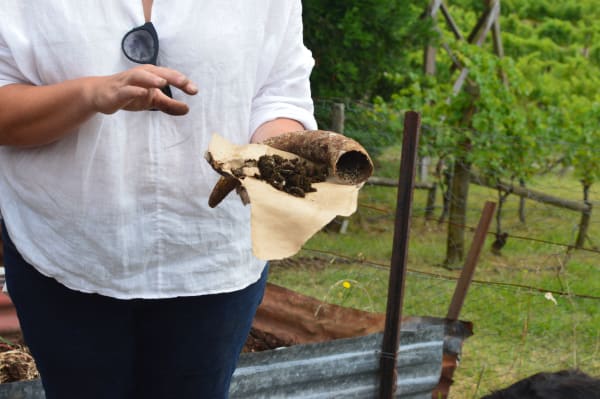
photo Fiona Stocker
Keynote speaker at the conference was Nicolas Joly, founding father of biodynamic viticulture from France’s Loire Valley. His stories of the earth “breathing in and out” fell flat with many of those present. “Twenty-five people left because they thought it was nuts,” says Semmens.
She found herself moved by the concept that optimal flavour and nutrition can be achieved by the soil alone, without industrial chemicals. Convincing her parents to trial biodynamics on the family-owned vineyard, she made a planned exit from corporate winemaking, and returned to Tasmania.
Semmens admits that converting to new methods without first researching other biodynamic vineyards at similar latitude had unfavourable results. Within a year, Marion’s had to be sprayed hard to save the vines from an attack of powdery mildew.
A further spell in Adelaide allowed her new ideas and aspirations for a second ferment. Semmens also met, married and started a family with husband David Feldheim, then a student winemaker. The next time she returned to Marion’s, it was with the family, for a lifestyle that corporate life could not provide. “Here, I could do a tasting session at ten o’clock at night if I needed to, and still pick the kids up from school. I could be a mum and a business operator.”
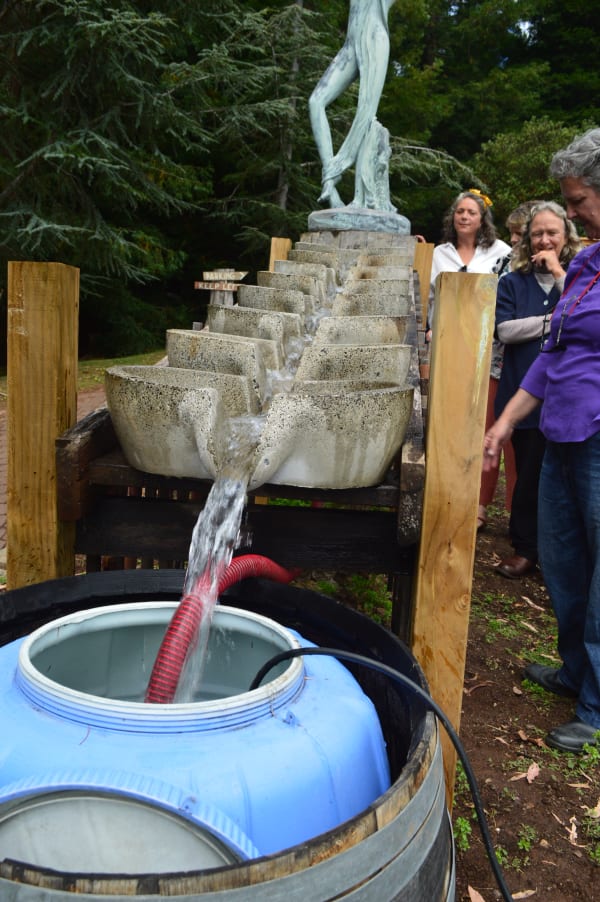
photo Fiona Stocker
Nowadays, the extended family is still present in the business. Marion herself is often at cellar door, while Semmens’ brother Nick works the vines. Cynthea’s sons instruct people on hand-sanitising and sell them home-made lemonade and cookies, while Semmens and Feldheim manage both viticulture and winemaking across two labels, Beautiful Isle Wines and Marion’s.
Evidence of the family work ethic is everywhere. When we visit, there is an upgraded cellar door with river views, newly renovated pergola for functions, and terracing for gardens and parking. In the vineyard, the transition to organic over the past five years has been strategically managed. Chemical spraying has been phased out gradually while the principles of biodynamics are applied. It’s the intricate details that my cohort of farming women is here to learn about – especially those involving cow horns and manure.
. . .
In biodynamics, organically produced sprays are used to treat soil and foliage, and their manufacture is a far cry from any industrial processes. The so-called Horn Manure 500 is made from cow manure, stuffed into a cow-horn and buried in topsoil over the winter. The resulting matter is diluted in water and stirred in a figure-of-eight pattern, said to infuse the water with natural forces. The result is a rich, liquid fertiliser that Semmens now sprays over the property three time a year.
Complimenting this is Horn Silica 501, an atmospheric spray made from ground quartz crystal. This too is buried in cow horns over the summer, then diluted in the same way. It’s said to aid photosynthesis and increase ripeness, sweetness, flavor, fragrance and shelf life.

photo Fiona Stocker
Both preparations can be bought easily from Biodynamics Tasmania, but last year Semmens made her own 501, stuffing 40 cow horns with manure and burying them in wine barrels in her nursery garden. We’re here to watch her dig up the first one.
In a sunny patch overlooking 40-year old vines, we watch as she unwraps a cow horn from a layer of protective matting. Her gestures have that peculiar tenderness exhibited by farmers and gardeners with a deep respect for the powers of natural organic matter. As a soft, dark and loamy substance emerges from the horn, it draws appreciative murmurs from the hardcore farming crowd.
Earlier in the day, Semmens made us practice stirring preparation 500 in buckets with a stick, but she has recently invested in a spectacular flow-form fountain which does the job for her. This sits in pride of place before the cellar door, its successive chambers swirling the preparation. Semmens then transfers it to a spray pack on a motorbike, and can treat the entire property in two hours.
In 2018, she won the prestigious Don Martin Sustainable Viticulture Fellowship and travelled to the winemaking regions of New Zealand on a study tour. Many of the wineries with the highest critical acclaim, she noticed, were certified organic or transitioning to organic production.
“Their climates are closer to ours. They have a cool, maritime influence with dry areas, and then places with higher rainfall,” she says. “If they can go organic, Tasmania definitely could.” Practitioners shared knowledge routinely, and supported an industry-wide move towards fully organic systems.
Many used biodynamics as an integrated ecosystem that supplements organic principles. “I was told that if organic growing was the plate of food, biodynamics was the salt and pepper.”

photo Fiona Stocker
. . .
Semmens is trialling the use of quartz-made Preparation 501 for the first time this year. She expects immediate impacts and increased sugar levels in her grapes. This is good, “especially for shiraz or cabernet, which are late to ripen, and if we get an early winter coming in, we sometimes just don’t get the sunlight to create the sugar”.
Other regenerative practices adopted on the vineyard include using biochar (charcoal that is produced by pyrolysis – the heating of an organic material in the absence of oxygen – of biomass) as mulch, provided by local char and kiln manufacturer Frank’s Biochar.
There’s a clear sense that the vineyard is now steadily underway in its transition. “Everything is available in nature,” says Semmens. “We shouldn’t need to put anything into the system that isn’t natural. The last 100 years of industrial farming has made a lot of people money, but it isn’t the people on the ground.”
Biodynamics is a closed loop, low-cost system that can be practiced “on a giant farm or in the backyard”, she says.
Less spray means more weeds, of course, and that’s a challenge. Semmens confesses to “embracing the buzzies”, and weeds which grow beneath the vine canopy, not into it, like some grasses. There’s danger of seed heads becoming entangled in the fruit and entering the ferment.

photo Chris Crerar.
Having spent years removing rocks from the site, they’re now bringing them back as rock mulch. Nitrogen-enhancing crops planted between the vines are a possibility, and livestock to graze them.
That biodynamics brings with it new challenges is undeniable, but Semmens remains philosophical. “It’s not going to do any damage. It’s just extra work. And that’s fine because of what I’m going to get in the end, and what the kids will inherit.” watching her boys walk down to the school bus stop in the mornings through a chemical-free vineyard is a game-changer.
In food production, the big deliverable for organic and biodynamic production is that it results in higher nutritional values. It’s hard to make that claim for wine, jokes Semmens. But the otherwise ignominious 2020 provided the vineyard’s first successful organic vintage, and she believes the wines will be a better product. The glass of blanc de blanc I have to accompany my lunch certainly bears that out.
Fiona Stocker is a Tamar Valley-based writer, editor and keeper of pigs. She has published the books A Place in the Stockyard (2016) and Apple Island Wife (2018). More of her writing can be seen at fionastocker.com.




